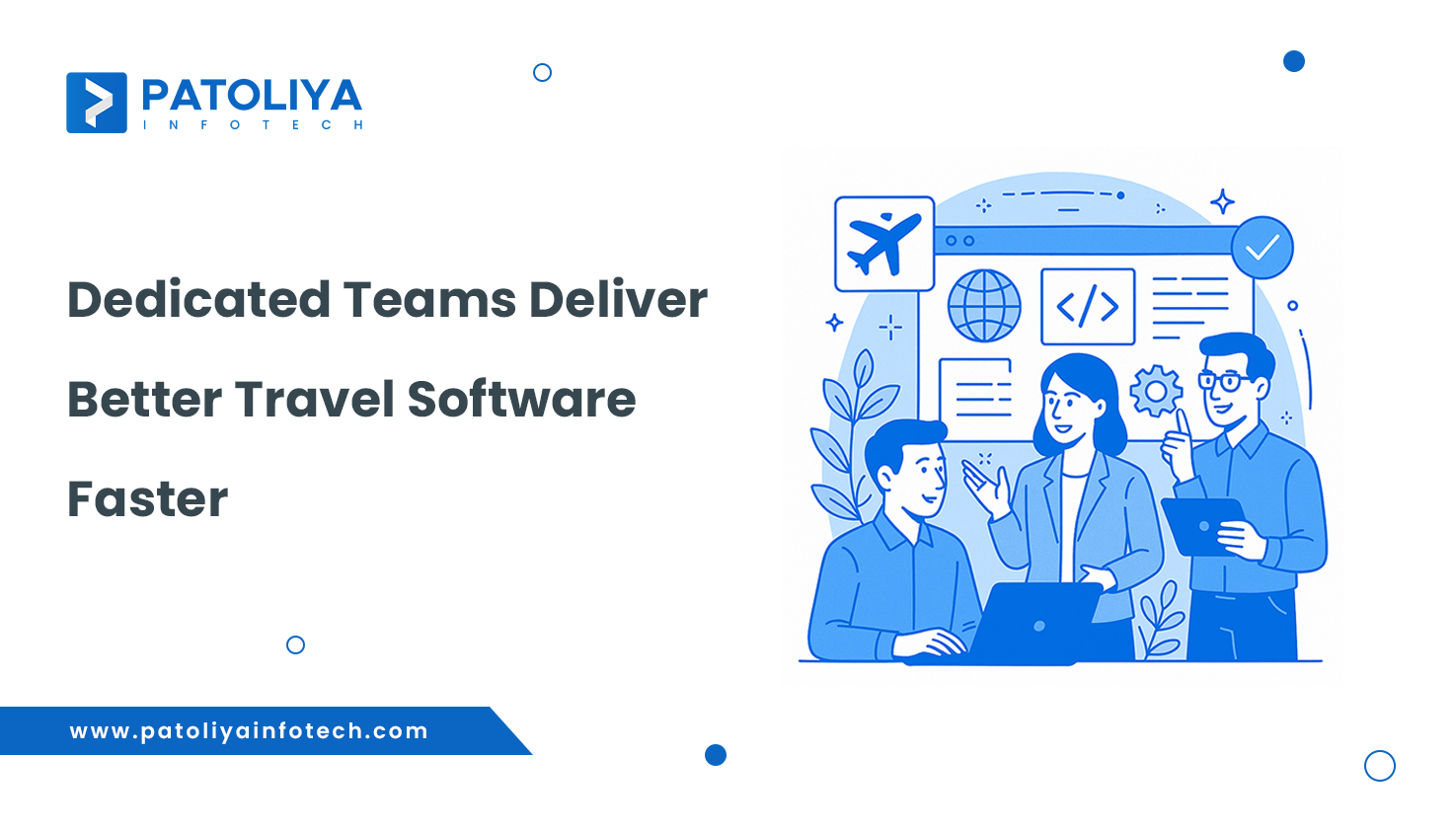Nearshore vs. Offshore Development – What’s Right for You?

Table of Contents
Choosing the right development model is crucial for the success of your projects. Nearshore vs. offshore development are two prominent options, each with its unique set of advantages and challenges.
In this comprehensive guide, we'll dissect the nuances of both approaches, helping you make an informed decision that aligns with your business goals and objectives.
Understanding Nearshore vs. Offshore Development
What is Nearshore Development?
Nearshore development refers to the outsourcing of software development tasks to a neighbouring or nearby country. The primary advantage lies in geographical proximity, which fosters better communication, collaboration, and real-time interaction.
This approach is gaining traction due to the shared time zones and cultural similarities, reducing the challenges often associated with global collaborations.

Benefits of Nearshore Development
- Cultural Affinity: Nearshore teams often share similar cultural traits, making communication smoother and enhancing team cohesion.
- Time Zone Alignment: With overlapping time zones, nearshore teams can address issues promptly without prolonged waiting times.
- Cost-Efficiency: While not as cost-effective as offshore development, nearshore services often come at a more reasonable rate compared to onshore options.
Delving into Offshore Development
Unveiling Offshore Development
In contrast, offshore development involves outsourcing software development tasks to a more distant, often overseas, location.
This model gained popularity for its potential cost savings and access to a vast pool of skilled professionals.
However, it comes with challenges related to time zone differences and potential communication barriers.

Advantages of Offshore Development
- Cost Savings: One of the primary motivations for offshore development is the ability to leverage lower labor costs in certain regions without compromising on talent.
- Access to Global Talent: Offshore development provides access to a diverse talent pool, allowing businesses to tap into specialized skill sets.
- 24/7 Productivity: With teams working across different time zones, development can occur around the clock, speeding up project timelines.
Also Check for Explore Our Comprehensive UX Design Services
Making the Right Choice for Your Project
Considerations for Nearshore Development
When deciding whether nearshore development aligns with your project needs, consider the following factors:
- Project Complexity: For intricate projects requiring constant collaboration, the cultural and temporal proximity of nearshore development might be the key to success.
- Budget Constraints: While not as cost-effective as offshore options, nearshore development often strikes a balance between cost and collaboration.
Considerations for Offshore Development
If your project demands cost-efficiency and access to a broader talent pool, offshore development might be the ideal choice. Consider the following factors:
- Project Scope: Offshore development is well-suited for expansive projects with a clear scope, allowing for efficient task allocation.
- Budget Priorities: If cost savings are paramount and your project can accommodate potential communication challenges, offshore development could be the optimal solution.
Unleash the full potential of your projects with our exceptional nearshore and offshore development teams. We don't just deliver solutions; we craft success stories.
Elevate your development experience by partnering with us – where expertise meets innovation, and your goals are not just met but exceeded. Let's redefine excellence together.
Connect with us today and witness the transformative power of collaborative and cutting-edge development. Your success awaits; seize it with our dedicated teams!
Wrap Up
Your software development journey starts with an important decision: nearshore or offshore? Each path presents unique benefits and obstacles. Consider nearshore to be pleasant sailing over familiar seas; cultural understanding and overlapping time zones facilitate communication and collaboration.
However, its expenses are comparable to higher-priced fuel. Offshore, on the other hand, offers low-cost expeditions to undiscovered waters. You save money, but understanding cultural differences and time zone gaps might be challenging, potentially hindering your progress.
Ultimately, your path depends on your unique needs. Does cultural affinity matter for your project's success? Is real-time interaction crucial? Or are you prioritizing cost savings? Weigh these factors carefully, for your decision steers the course towards either efficient collaboration or budget-conscious development. Remember, there's no one-size-fits-all map.



